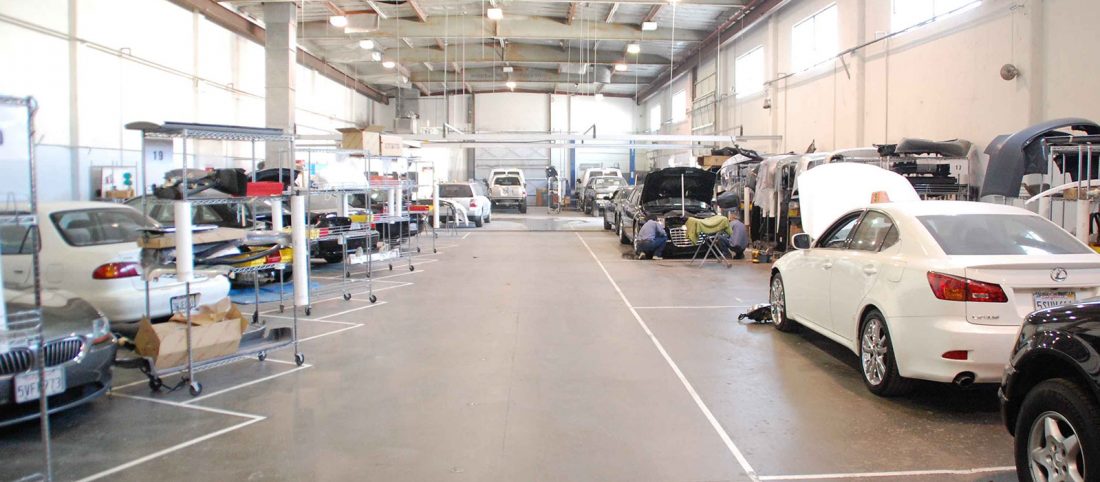All Categories
Featured

[/image]
When it pertains to car maintenance, tires are frequently one of one of the most overlooked elements, even though they play a crucial duty in the safety and efficiency of your automobile. Tire turning and placement are 2 crucial services that help ensure your tires put on evenly, last much longer, and remain to carry out at their best. Right here's whatever you require to find out about tire rotation and positioning and why they matter for your vehicle.
What Is Tire Rotation? Tire rotation is the process of relocating the tires from one setting to an additional to make sure even wear across all four tires. The front and back tires of an automobile wear at various rates because of the weight distribution and the fact that the front tires deal with both guiding and braking. By turning the tires frequently, usually every 6,000 to 8,000 miles, you can cancel the wear and expand the life of your tires.
In many automobiles, the tires will be revolved from front to back, and in some situations, side-to-side, depending upon the tire type and your auto's specifications. This ensures that each tire births an equivalent amount of anxiety and pressure. Normal tire rotations likewise enhance automobile handling and ride quality, in addition to add to better fuel efficiency.
What Is Tire Placement? Tire alignment describes readjusting the angles of your vehicle's wheels to guarantee they are located properly according to the maker's specs. Correct alignment makes certain that your tires are alongside each other and vertical to the ground, which helps enhance the general handling, stability, and lifespan of your tires.
There are 3 vital facets of alignment:
Camber: The tilt of the wheels when checked out from the front. If the wheels lean internal or external, it can trigger unequal tire wear. Wheel: The angle of the steering axis when watched from the side. Proper caster alignment makes certain secure steering and far better automobile control. Toe: The angle at which the tires direct inward or outside when seen from above. Incorrect toe positioning can create tires to wear unevenly and influence handling. Misalignment can occur because of elements like striking fractures, visuals, or driving over harsh surface, and even normal driving over time can slowly cause imbalance. Obtaining a placement check every 1-2 years or when you notice managing issues is essential for ideal tire efficiency.
Why Are Tire Turning and Placement Important? Maximized Tire Life:. Tire rotation makes sure also put on throughout all four tires, avoiding premature tire substitute. Misaligned tires use erratically, which can bring about the requirement for more regular tire replacements. Both tire rotation and alignment boost the life-span of your tires, saving you cash in the lengthy run.
Improved Safety:. Proper placement assists maintain your car tracking directly, enhancing stability and handling. Misaligned tires can result in pulling, which makes it more difficult to control your vehicle, especially at high rates or in emergency circumstances. Tire rotation likewise guarantees your vehicle's handling remains regular, enhancing your capability to quit rapidly and keep control.
Much Better Gas Efficiency:. When your tires are effectively lined up, they experience much less rolling resistance, suggesting your engine doesn't have to function as difficult to move the vehicle. This reduces fuel usage and improves gas mileage. Imbalance can create your tires to drag, bring about bad fuel performance.
Smoother Adventure:. Misaligned or unevenly worn tires can trigger vibrations in the guiding wheel or car body, which can be unpleasant while driving. Regular tire turning and placement can supply a smoother and quieter ride, minimizing unneeded sound and resonances.
Signs You Need Tire Rotation or Alignment. It is very important to be conscious of cautioning signs that your tires may need attention. Keep an eye out for:
Uneven Tire Use: If you notice that one tire is a lot more worn than others, maybe an indicator that it's time for a turning or placement. Steering Drawing to One Side: If your automobile pulls to one side, specifically when you're driving right, it could show misalignment. Resonances or Uncommon Noises: If your wheel trembles or you listen to a humming or whimpering noise, your positioning could be off. Screeching Tires: A shrill squeal can signify misalignment or that your tires are used unevenly. If you discover any one of these indicators, it's an excellent idea to have your lorry inspected asap to prevent more damage to your tires or suspension system.
Just How Typically Should You Rotate and Align Your Tires? Tire rotation is usually suggested every 6,000 to 8,000 miles or every six months, depending on your vehicle's manual and driving problems. It's likewise an excellent concept to revolve your tires during oil modifications to ensure they obtain the interest they require.
For alignment, most professionals recommend having your tires straightened yearly or if you discover any type of taking care of issues. If you have actually lately struck a crater, aesthetic, or an additional barrier, it's a great idea to have your placement checked quicker to prevent irregular tire wear.

Final Thought: Preserve Your Tires for Durability and Security. Tire rotation and placement are straightforward yet crucial facets of automobile maintenance that add to longer tire life, enhanced safety and security, and better fuel performance. By adhering to the advised service intervals for tire turning and positioning, you can ensure your tires remain in leading problem, supplying a smoother and much safer driving experience. Normal upkeep assists you stay clear of unforeseen tire wear, expensive repair work, and prospective accidents, making it a sensible financial investment for your vehicle's total performance.
Latest Posts
The Benefits of Regular Car Maintenance at Montclare Auto Repair Reduces Costs
Protect Your Home with Quality Residential Roof
How to Know When Your Car Needs Professional Auto Repair at Montclare Auto Repair